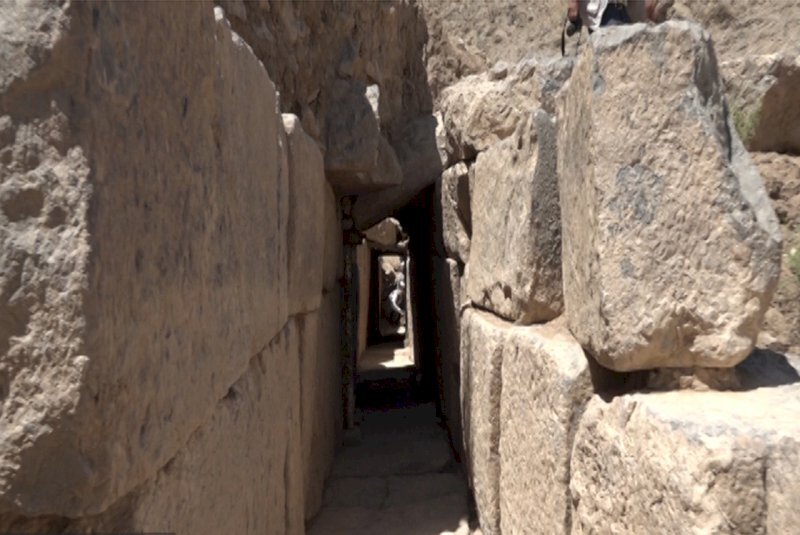INSUBCONTINENT EXCLUSIVE:
TEHRAN – A team of Iranian archaeologists has recently finished an archaeological season on an Achaemenid period (c
550 – 330 BC) water structure, CHTN reported on Wednesday.The recent archaeological excavation of the Didegan dam, also known as Bostan
Khani dam, leads to the discovery of more waterway canals as well as the dam’s water distribution, Iranian archaeologist Hamidreza Karami
said.This canal, whose walls and floor are completely stone, has a width of 70 centimeters and a height of 125 centimeters, and besides
transferring water from the reservoir to the diffuser, also deposited sediment in the reservoir, he noted.This structure, which measures 70
meters in length, served the lower plains of the dam up to the Pasargadae plain and Sivand and Persepolis for 200 years during the
Achaemenid period, he added.Back in March, the archaeologist announced that seasons of archaeological excavations on the Didegan dam
uncovered valuable secrets and information concerning dam engineering and water control management which were practiced in Iran during the
Achaemenid era.“Although much of this appreciated structure has been destroyed by floods and human plunder, we have been able to increase
our knowledge of know-how and technology adopted to build dam-related architectural structures in that period,” he explained.“Moreover,
we carefully determined the location and specs of our archaeological trenches in order to gain the most information possible.”Referring to
the characteristics and architecture of the dam, he noted “The style of architecture and stone carving reflects the architectural
traditions of the early Achaemenid period, especially the period of the Achaemenid King Darius [the Great].”According to the
archaeologist, the embankment dam is still a source of inspiration for modern architects and engineers.“Achaemenid-era embankment dams
were built with such knowledge, extent, and durability that after 25 centuries, [modern] earthen dams are still built per the Achaemenid
engineering model.”Karami has previously described the Bostan Khani Dam in southern Iran, as a “masterpiece” of architecture and water
management in Achaemenid-era Iran
“So far [valuable evidence of the] architectural structure has been obtained to recognize and realize the structure of the dam and its
construction method.The expert considered Bostan Khani Dam as the largest of its kind in the Achaemenid period that has been identified so
far.Karami explained that waterways and water transmission networks are another part of their water management engineering, which is
designed to bring water to the farthest possible areas of the region.“Excavations and surveys on Bostan Khani Dam can increase our
knowledge and understanding of the methods and techniques of dam construction and architectural structure that is currently being
practiced.”Late in January, a cultural heritage protection team discovered a stone-arched tunnel near an Achaemenid embankment dam in
Marvdasht plain of Fars province.The Achaemenid [Persian] Empire was the largest and most durable empire of its time
The empire stretched from Ethiopia, through Egypt, to Greece, to Anatolia (modern Turkey), to Central Asia, and India.Building activity was
extensive during the height of the empire, and of the several Achaemenian capitals, the ruins at Pasargadae and Persepolis are probably the
Achaemenian sculptured reliefs and a great number of smaller art objects present a remarkably unified style for the period
Metalwork, especially in gold, was highly developed, and a variety of carefully executed examples survive.The embankment dam has been
registered on the National Heritage list.ABU/MG

